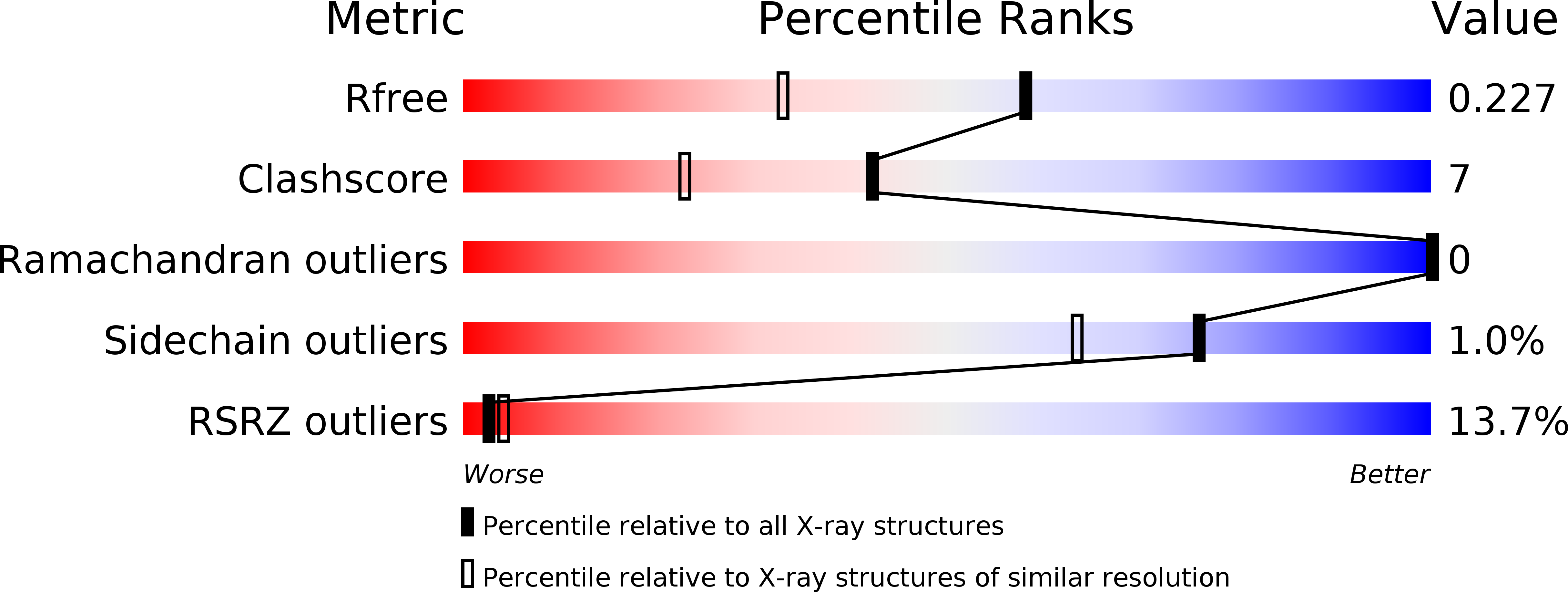
Deposition Date
2006-02-28
Release Date
2006-05-23
Last Version Date
2024-10-30
Entry Detail
PDB ID:
2G7I
Keywords:
Title:
Structure of Human Complement Factor H Carboxyl Terminal Domains 19-20: a Basis for Atypical Hemolytic Uremic Syndrome
Biological Source:
Source Organism:
Homo sapiens (Taxon ID: 9606)
Host Organism:
Method Details:
Experimental Method:
Resolution:
1.75 Å
R-Value Free:
0.22
R-Value Work:
0.20
R-Value Observed:
0.20
Space Group:
I 41 2 2


